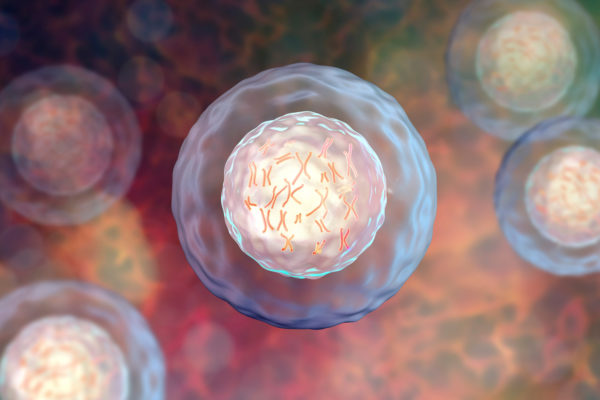
Cytogenetics has been a key part of biology since 1842, a Swiss botanist named Karl Nägeli had first discovered chromosomes in pollen. Many decades later the science has been defined as the study of chromosomes, including their behavior, mechanics, and role in genetic research. Cyril Darlington pioneered plant cytogenetics in 1920–30 and made important advances in our understanding of mechanisms of chiasma formation and the behavior of sex chromosomes in meiosis.
Cytogenetics has been pioneered by scientists in the development of microscopes in the studies of cellular organization in the living world. Morphology variation within species and between species led to taxonomists classification of organisms, in terms of genealogy within species and families, depending on similarities starting with reproduction that defined species. After that the stage was set for the hereditability of physical traits in species.
Fast forward to when the genetic code was deciphered, also nicknamed “The Human Genome Project”, much has been learned about the genome and chromosome structure shared by all living organisms.
We have learned that following DNA replication, the metaphase chromosome consists of two chromatids held together by a centromere and by cohesion. Each chromatid is a single molecule of DNA attached to protein matrix fibers that forms its scaffold or axial filament. There are over 200 proteins associated with the chromatin. Many proteins assist in the repair of the chromosome. Which is why chromosomal analysis has become such a vital approach to genetic disease, learning and researching how these chromosomes respond to certain mutations and variations.
For the first half of the 20th century the studies were mainly on plants and animals. They first though there were only 24 chromosomes, in 1956 Tijo and Levan found that the number was 46, and was confirmed immediately by Ford and Hamerton in human meiotic chromosomes, that this number was absolute.
About a decade later in 1969–70 chromosome banding came into effect and has been one of the most important innovations in cytogenetics.
This special technique has allowed scientist to create varied areas of banding chromosomes, from Q-Banding to G-Banding. These banding methods have been widely adopted in diagnostic cytogenetics to detect aberrations that before had gone unseen. These methods have contributed to precise gene mapping and cancer cytogenetics. Many cancers are now thought to arise in stem cells which have undergone massive chromosomal rearrangements due to a single chromothripsis event and banding is essential for their analysis.
In final, this unique method of chromosome analysis is becoming the link to treating and hopefully curing Cancer. It could be foreseen that the cures for cancers could be around in the next few decades. What an exciting time to be alive!
For more information about KromaTiD and how we and helping to transform research using our innovative technologies, visit our website.
